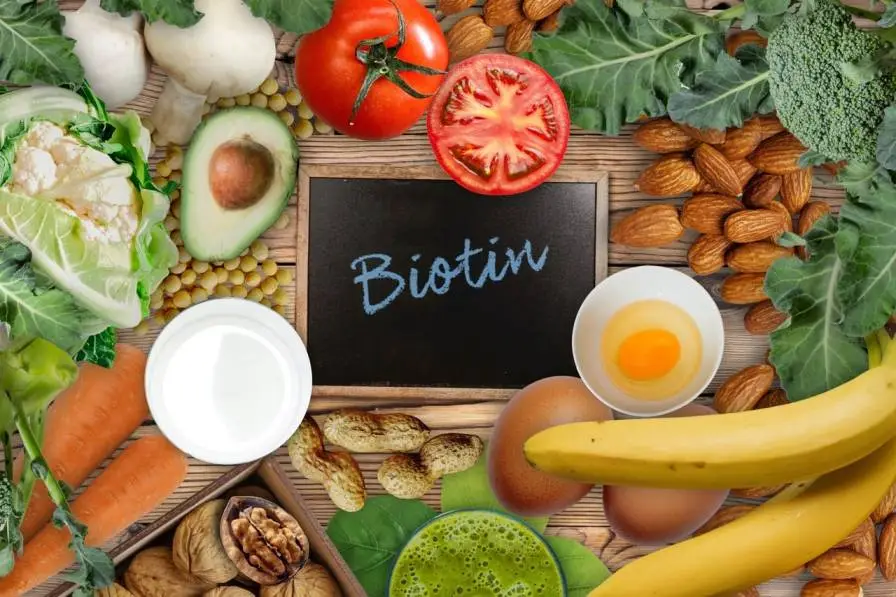Keto and Low-carb diets are popular among people, especially those who are seeking to reduce weight quickly. There is an ongoing trend, i.e. “Keto vs Low-carb diet” among fitness enthusiasts, they are evaluating the trend practically. While many persons think that these notions look quite similar or they are totally a single form of diet, let us tell you that they are different at many levels.
Why Do People Choose Low-Carb or Keto? – Majority of the people likes low-carb or keto diets for numerous reasons, combining weight loss, enhanced attention, and regulation of blood sugar. Keto is mostly renowned for its influence on specific medical disorders, while the low-carb diet is majorly for individuals wanting a flexible approach to health and fitness.
Before moving into the intricacies, let’s clear the basics first!
What Is The Keto Diet?
The ketogenic diet is regarded to be an eating pattern that comprises high amounts of fat, low to moderate levels of protein, and very low carbs. It is a sort of diet that is typically rich in foods like cheese, butter, eggs, meat, nuts, shellfish, oils, and seeds. It does not incorporate many fruits, vegetables, potatoes, grains, sweets, or other carbohydrate-rich foods.
Macro Ratios: Generally, keto macro ratios integrate 15-20% protein, 70-80% fats, and only 5-10% carbs, amounting to around 20-50 grams of carbs on a regular basis. This kind of restriction necessitates rigorous meal selections to maintain ketosis.
What To Eat And What To Limit?

As we are talking about rigorous meal choice for Keto, the advised food items can be:
-
Egg, Fish & Seafood
-
High-fat dairy products
-
Meat and poultry
-
Non-starchy veggies
-
Nuts, Seeds, & Healthy Oils
-
Berries
On the other hand, for a Keto diet, one should restrict starchy vegetables and high-sugar fruits, juices, sweetened yogurt, sugar in any form, baked goods including gluten-free baked goods, chips and crackers, etc.
What is a Low-Carb Diet?
As its name suggests, low-carb diet proposes an exceptionally smaller amount of carbs than the typical advice by the dietary guidelines. On a low-carb diet, it is always suggested to chose complex carbs such as legumes, fruit, whole grains, and vegetables that are rich in starch, for they will supply more fiber and protein, healthy fats and protein from lean meats, poultry and fish.
Advised Carb Intake: Carbs can vary at different amounts, most low-carb diets prescribe 50-150 grams of carbohydrates each day. This is a kind of technique that provides for a large choice of foods and may be changed as per an individual’s requirements.
What To Eat And What To Limit?
When on a low-carb diet, one must ensure that they meet their calorie and nutrition consumption, one might prioritize low carb foods such as:
-
Lean meats, such as sirloin, chicken breast, or pork
-
Fish & Eggs
-
Leafy green vegetables
-
Nut butter
-
Low carb fruits, such as blueberries, apples, and strawberries
-
Unsweetened dairy products, including plain whole milk and greek yogurt
Depending on the daily carb allotment, one should need to restrict or avoid certain items, such as:
-
Sweet treats like sweets, ice cream, etc.
-
Refined grains such as white rice, tortillas, white spaghetti, crackers, etc.
-
Diet and low-fat items, including cereals, dairy products, or crackers that are low in fat
-
Highly processed foods, etc.
Read Also: Tips For Improved Eating Habits
Keto vs. Low-Carb Diet: Key Observations

We can claim that these two diets both contain decreasing carbs and can aid with weight loss. The main point to note here is that the keto diet or we can say ketosis is a considerably more rigid method of eating and involves minimizing carb consumption and eating a high amount of healthy fat, with a moderate amount of protein. On the other hand, a low-carb diet reduces carbohydrates and incorporates a greater protein intake.
Carbohydrate Restrictions
-
Keto: One should maintain roughly 5-10% of daily intake, which can be tough for some people.
-
Low-Carb: The diet allows a range between 10-40% of typical consumption, offering greater flexibility in food alternatives.
Fat and Protein Ratios
Keto: This type of diet includes high fat (70-80%), moderate protein, and very low carb. Low-Carb: Talking about protein intake for low-carb dirt, it can be higher, and fat can be low to none, enabling for better balanced meals.
Impact on Metabolism
-
Keto: The keto diet transfers the body’s major fuel source from glucose to fats, it can lead to positive metabolic consequences.
-
Low-Carb: It reduces carb intake without causing ketosis, offering consistent energy without changing the principal fuel source.
Tips For Maintaining The Diet
We recognize that keeping a new diet can be tough. So, here are some recommendations that may help you adhere to a low-carb or keto diet.
Have a Plan– One should plan and prepare their meal in advance and not let hunger suffer at the last time. While arranging the meal, make sure to remain within the recommended macros.
Be patient– As anywhere, patience is also the key here. Take notice that it normally takes 3 to 5 weeks to adapt to the ketogenic state and many persons don’t feel great throughout this. So, one needs to be patient and understand the procedure calmly.
Track your food- An individual should pay attention to the ratio, you can use any app to track your food and macronutrient intake.
If followed carefully, both low-carb and keto diets can help you aim towards your health and wellbeing goals. However, you need to grasp the difference between these two to determine the proper diet for your nutrition needs. Along with managing the food, one should also consider proper physical action, such as Walking and Running which are also beneficial for weight loss.




